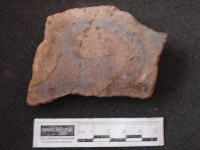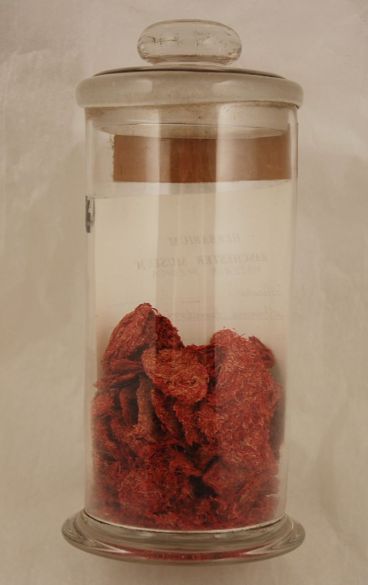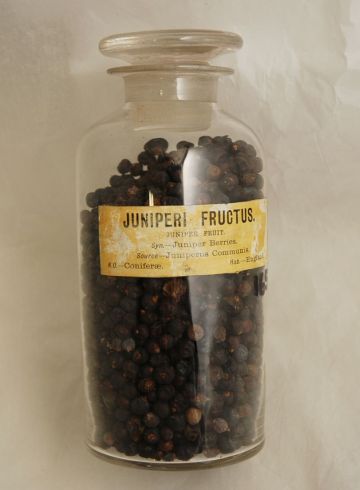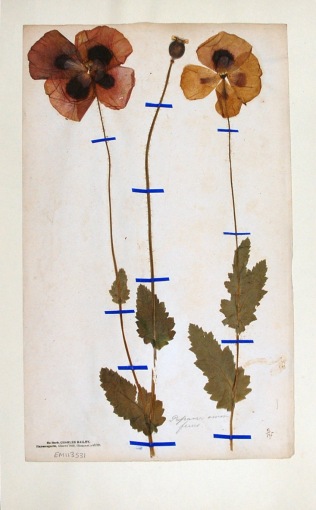https://herbologymanchester.wordpress.com/2015/03/17/botany-in-ancient-egypt-part-2/
Botany in Ancient Egypt – Part 2« Herbology Manchester
by JemmaPart 1 of this blog post (https://herbologymanchester.wordpress.com/2015/03/17/botany-in-ancient-egypt-part-1/) focused primarily on how the ancient Egyptians acquired their extensive botanical knowledge. This second blog post will now look more closely at some of the plants that they commonly used – some of which you may know!


One of the most well-known plants associated with ancient Egypt is Cyperus papyrus. The most famous use for this plant was to make an early form of paper. However, papyrus was used by the Egyptians for multiple purposes and was not limited solely to the production of paper. Other common uses of papyrus include the production of ropes, mats, baskets, sandals and chairs. The plant was also used to hold together bouquets of flowers and eaten as food. The open head of a papyrus plant was also a hieroglyph called ‘wadj’, meaning ‘green’, or ‘to be renewed’.



Safflower (Carthamus tinctorius) is a brightly coloured flowering plant that has heads of yellow, orange or red. From these colourful flowers, different coloured dyes can be extracted. Twelfth dynasty (1991-1803 BC) Egyptian textiles used these dyes to colour fabrics a red, yellow and orange colour. The dyes were sometimes even used on mummy wrappings to give them colour. It wasn’t only the flower’s dye that was used by the ancient Egyptians. Seeds from the flower have been found in temple offerings. Safflower garlands have been found sewn onto both papyrus and cloth wrapped around the mummies. These garlands were found in the tomb of Pharaoh Tutankhamun. Oil derived from safflower seeds was also used for medicinal purposes as a means to treat insect and scorpion bites.



Ancient Egyptian tombs often contained baskets of juniper berries (Juniperus communis). Oil from the berries was used for anointing the body during the mummification process. The plant was not only used with the dead as both Egyptian cosmetics and medicine sometimes contained J. communis. Juniper was employed medicinally in the treatment of headaches, asthma, indigestion and aching joints.




Allium sativum, commonly called garlic, was used for both culinary and medicinal purposes by the Egyptians. It was used to treat a range of problems, including parasites, respiratory problems, poor digestion, and low energy. Garlic also featured in many dishes and it has been estimated that 1 ½ million lb (680,000 kg) to feed the slaves and workers building the pyramids at Giza. It appears that the ancient Egyptians revered the plant as images and sculptures have been found in many tombs, including that if Pharaoh Tutankhamen.

Believed to have been made by the god Thoth, Papaver somniferum (opium poppy) was used medicinally as an early form of painkiller and in cooking to add flavour to baked goods like bread. (For a more detailed history of the opium poppy check out my blog post https://herbologymanchester.wordpress.com/2015/01/23/powerful-poppies/ ).


Ricinus communis (castor oil plant) was used extensively by the Egyptians; being employed as lamp oil, anointing oil and in medicine. The Ebers Papyrus, a medicinal text from ancient Egypt, has a whole section dedicated to the plant and its derivatives (particularly the oil). Castor oil extracted from the seeds was said to cure stomach illnesses, constipation, skin diseases, head-lice and hair restorer. They also believed that the oil was an effective treatment for treating diseases caused by demons.

No comments:
Post a Comment